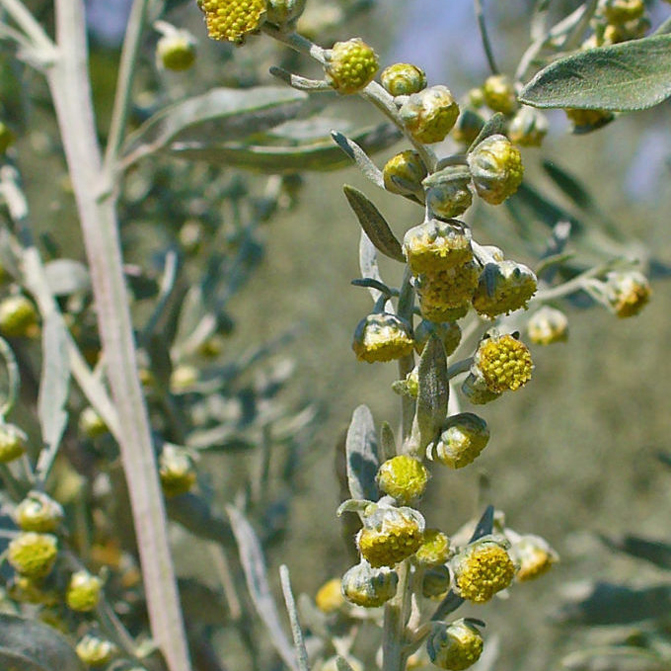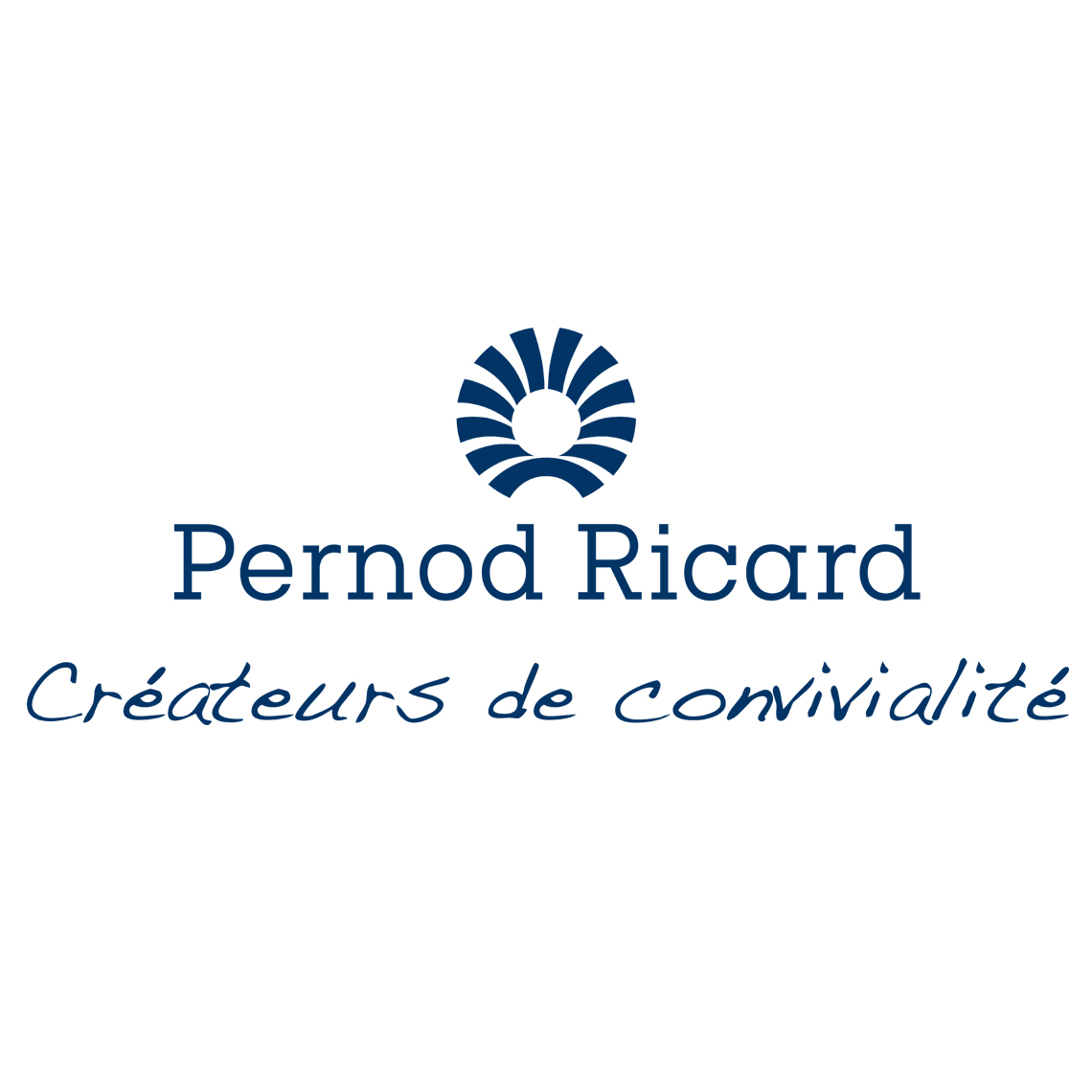en
fr
Menu
-
MenuBack
-
PERFUMES
-
-
OUR PRODUCTSOUR PRODUCTS
-
-
-
CATEGORIES OF PERFUMECATEGORIES OF PERFUME
-
-
-
SEPARATEUR
-
Samples
REFUNDED
SAMPLESWe will refund the samples in the form of a voucher for a 100ml eau de parfum
DISCOVER
-
-
-
CANDLES & HOME FRAGRANCES
-
-
OUR PRODUCTSOUR PRODUCTS
-
-
-
REFILLSREFILLS
-
CATÉGORIES DE PARFUMS
-
-
-
CUSTOMISED CANDLE
CUSTOMISED CANDLE
-
Customised candle
CREATE YOUR OWN CANDLE
DISCOVER
-
-
-
BATH & BODY
-
-
OUR PRODUCTSOUR PRODUCTS
-
-
-
CATÉGORIES DE PARFUMCATÉGORIES DE PARFUM
-
CATÉGORIES DE PARFUMS
ROSE ET MARIUS
ACCOMPANIES
HOTELS 5*,
RESTAURANTS 3*
AND THE ELYSÉE PALACE.MAKE OF YOUR BATHROOM,
I DISCOVER
A HOTEL 5*!
-
-
-
CATÉGORIES DE PARFUMCATÉGORIES DE PARFUM
-
CUSTOMIZED SOAP
CUSTOMIZE
DISCOVER
YOUR SOAP
-
-
-
 LOGO
LOGO
-
GIFT IDEAS
-
-
OUR PRODUCTSOUR PRODUCTS
-
-
-
5 GOOD REASONS TO OFFER ROSE ET MARIUS5 GOOD REASONS TO OFFER ROSE ET MARIUS:
-
CATÉGORIES DE PARFUMS
- • REFILLABLE
- • MADE IN FRANCE
- • ART CRAFTSMEN'S LABEL
- • CUSTOMIZABLE
- • 'HAUTE PARFUMERIE DE PROVENCE'
-
-
-
CATÉGORIES DE PARFUMCATÉGORIES DE PARFUM
-
parfum vine rosé
OFFREZ VOUS
DISCOVER
LE PARFUM AU VIN ROSÉ
-
-
- WORKSHOPS
- ONCE UPON A TIME

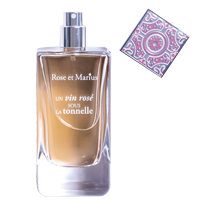
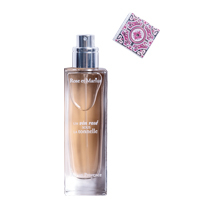
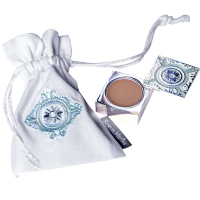

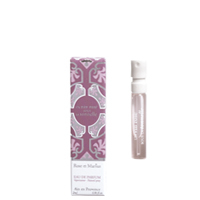
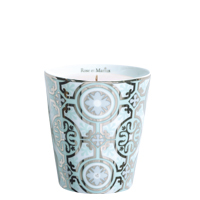
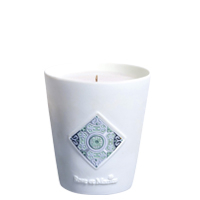
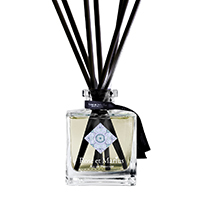
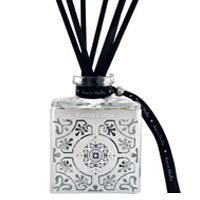
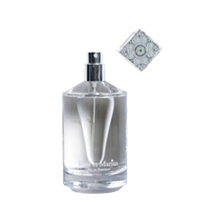
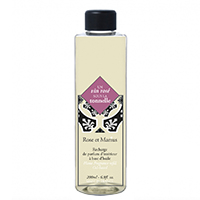
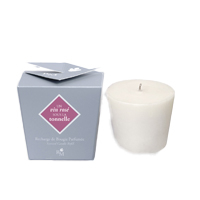
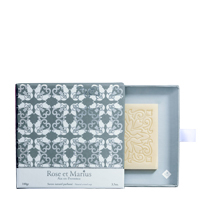
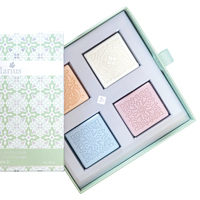
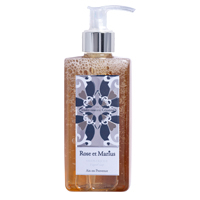
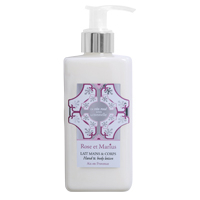
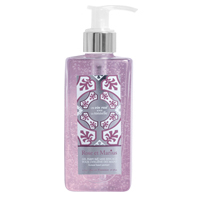
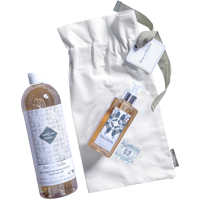
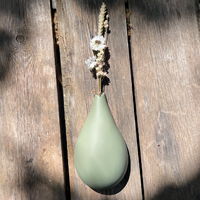
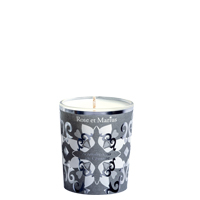
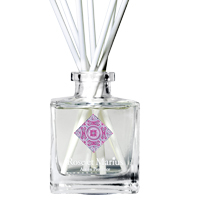
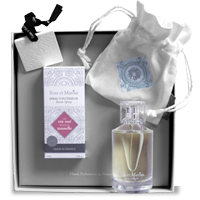

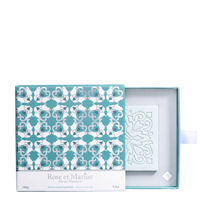
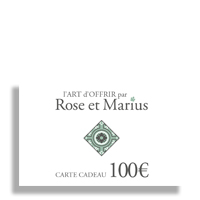

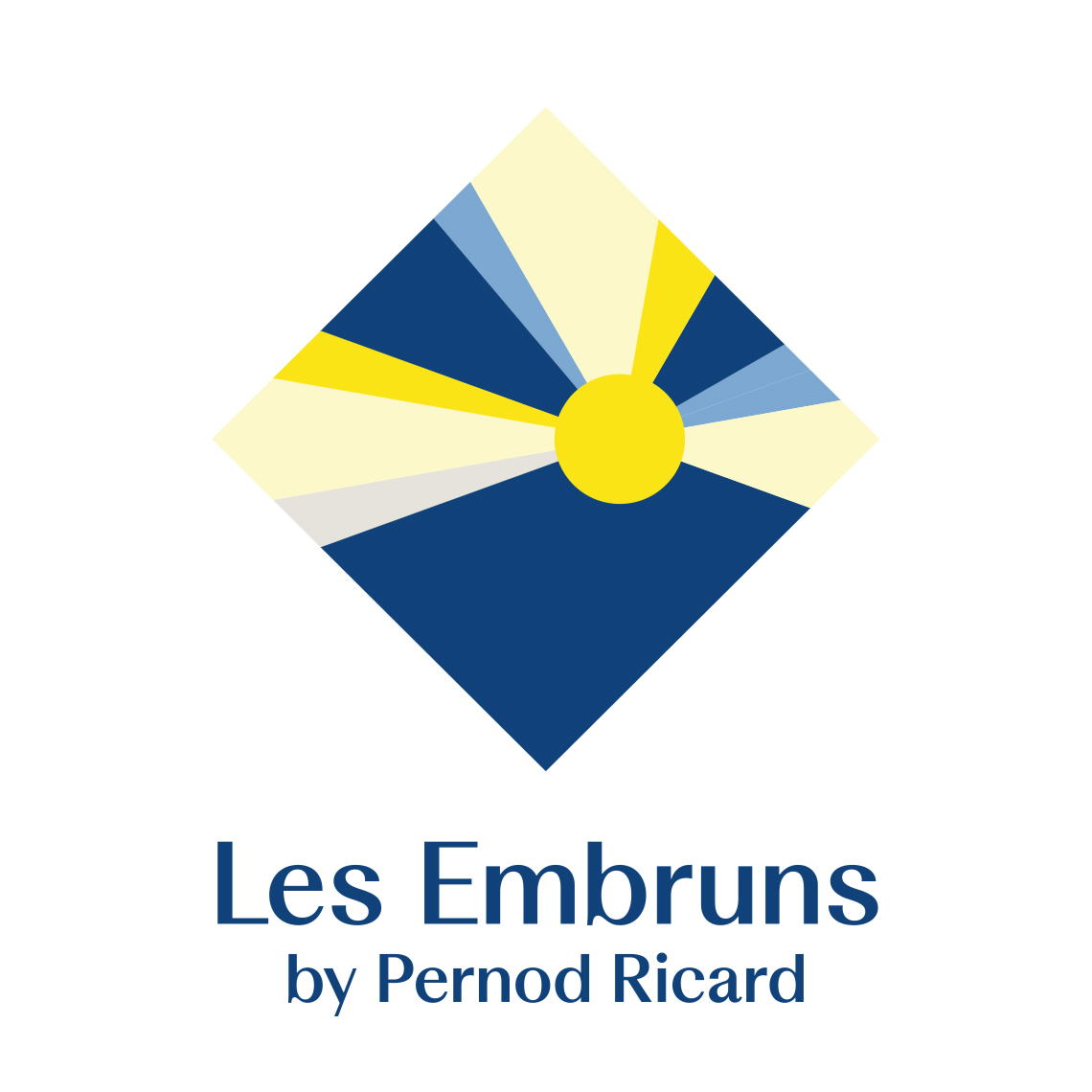
.png)
.png)
